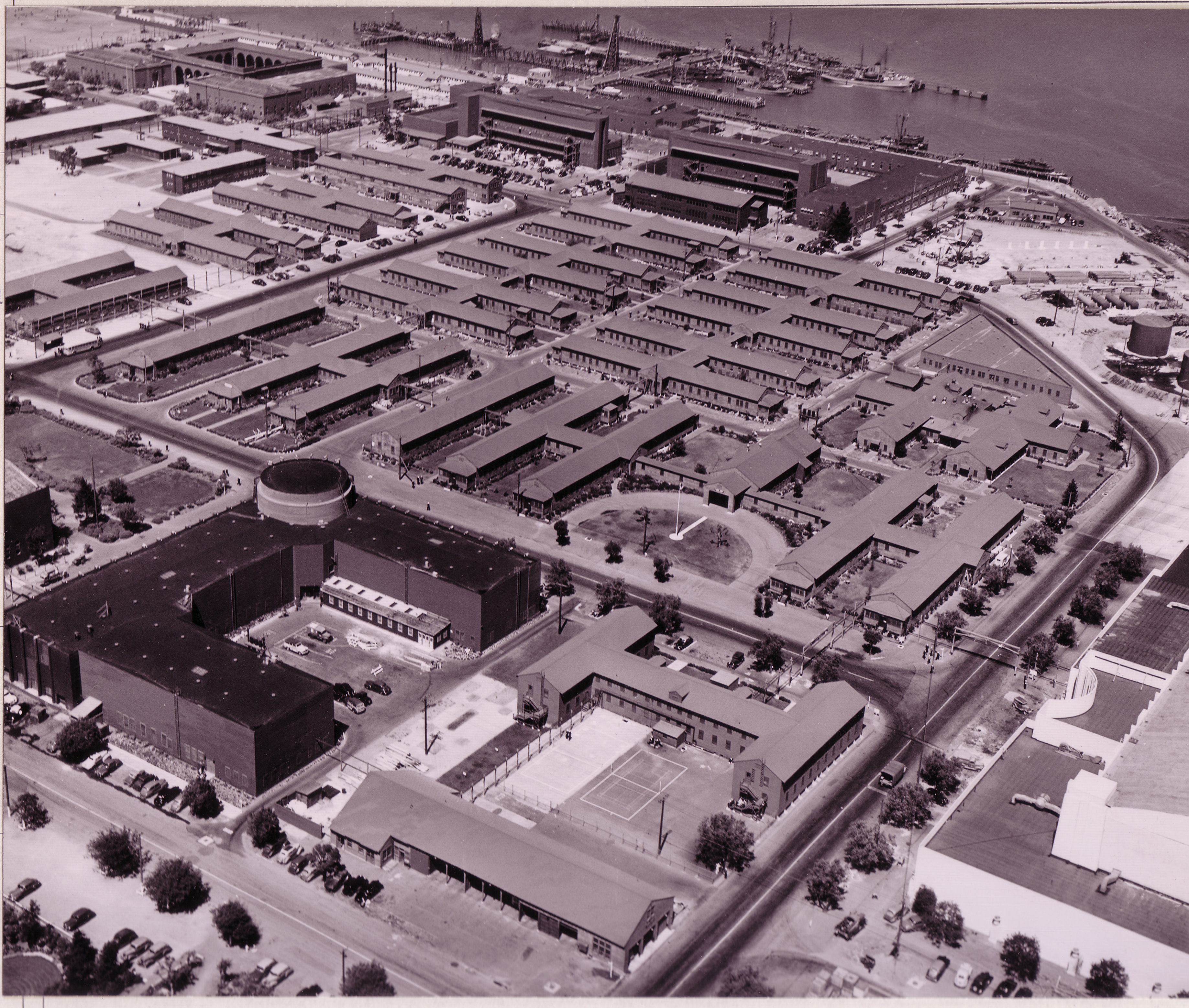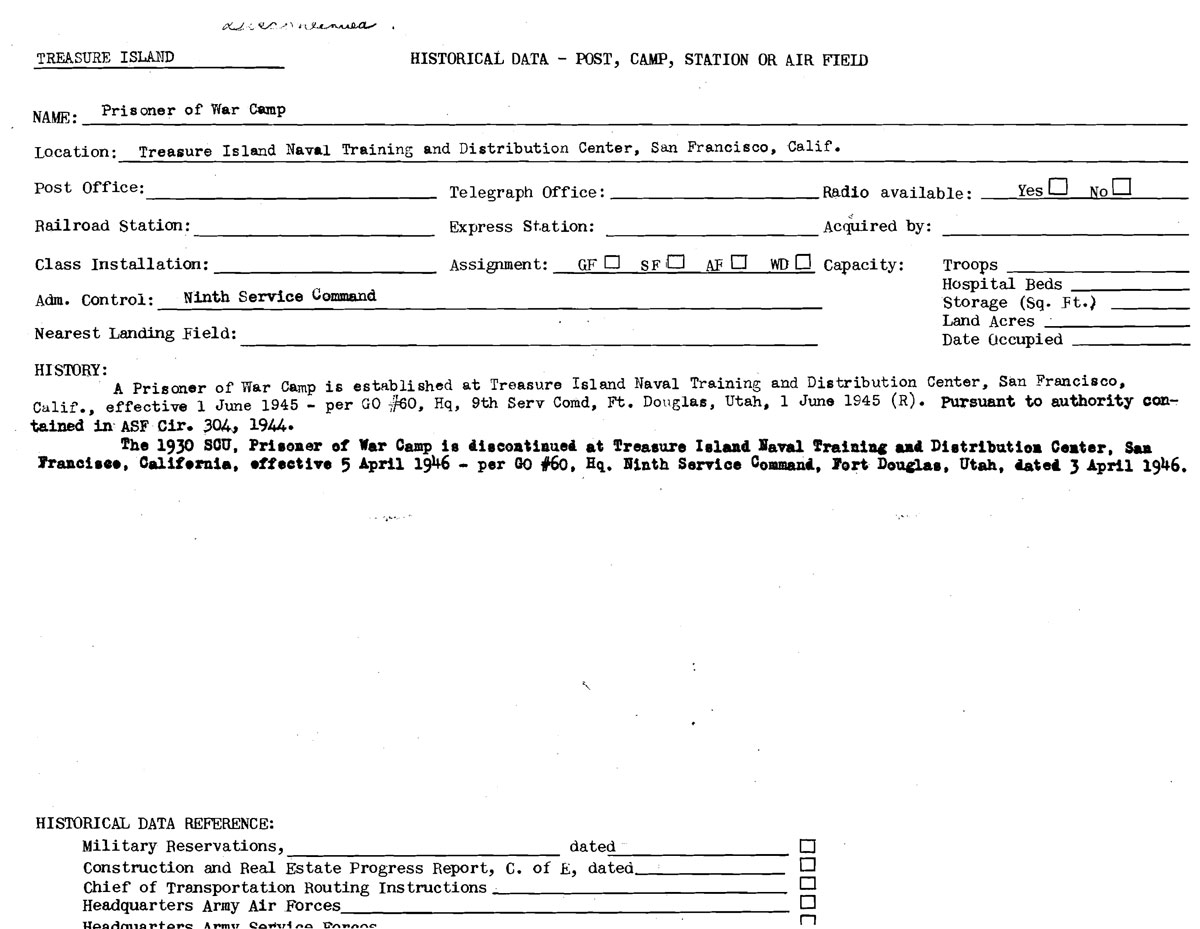
In September 1993 the Department of Defense decided to close the Naval Station and return it to civilian use. Naval Station, Treasure Island closed 30 September 1997. The base lies within San Francisco Bay and within the jurisdiction of the City of San Francisco. The Naval Station comprises a portion of Yerba Buena Island, and all of the 403-acre Treasure Island, originally built as a municipal airport. Yerba Buena Island is a steeply sloped and highly vegetated natural rock outcropping of approximately 150 acres. Treasure Island, a flat and low-lying rectangle of filled land, became the site of the 1939 Golden Gate International Exposition and a military installation in 1941.

